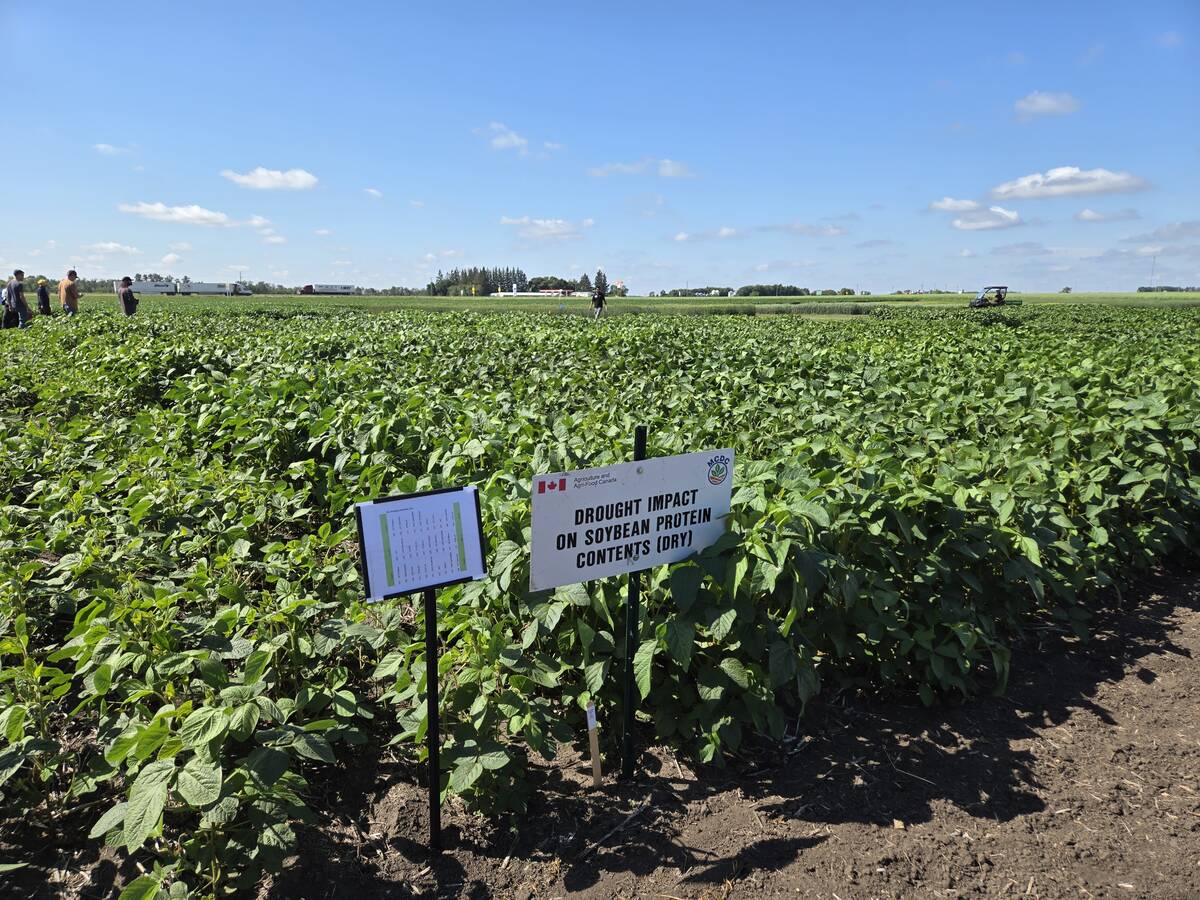Winds blowing up from the United States carry leaf rust spores to the eastern Prairies each spring. Rain brings the spores down to earth.
The fungus appears as a small orange spot on a plant leaf. When the rust breaks through the surface of the flag leaf, it uses up nutrients that should be going to fill the head of the grain.
Affected fields will have smaller, lighter kernels, causing yield loss and sometimes lowering the grade.
It’s the kind of problem that sneaks up on unsuspecting farmers, said Andy Tekhauz, of the Cereal Research Centre in Winnipeg.
Read Also

Carberry field day looks for agriculture solutions
Manitoba farmers explored research solutions for resilient crops, perpetual agronomic issues and new kinds of agricultural products at a field day at the Manitoba Crop Diversification Centre in Carberry on Aug. 6.
“Rust can sort of explode very quickly. By the time you realize that something is happening, it’s almost too late.”
Farmers seldom apply fungicides for leaf rust because they’re costly and traditional hard red spring varieties have good resistance.
Manitoba Agriculture’s plant pathologist said only about a quarter of wheat growers use fungicides.
“They’re more used to applying herbicides to control weeds,” said Gary Platford.
He said many seed growers use fungicides because kernels turn out plumper, improving seed quality.
But with growing concerns about leaf diseases, he expects more farmers to try fungicides on wheat.














